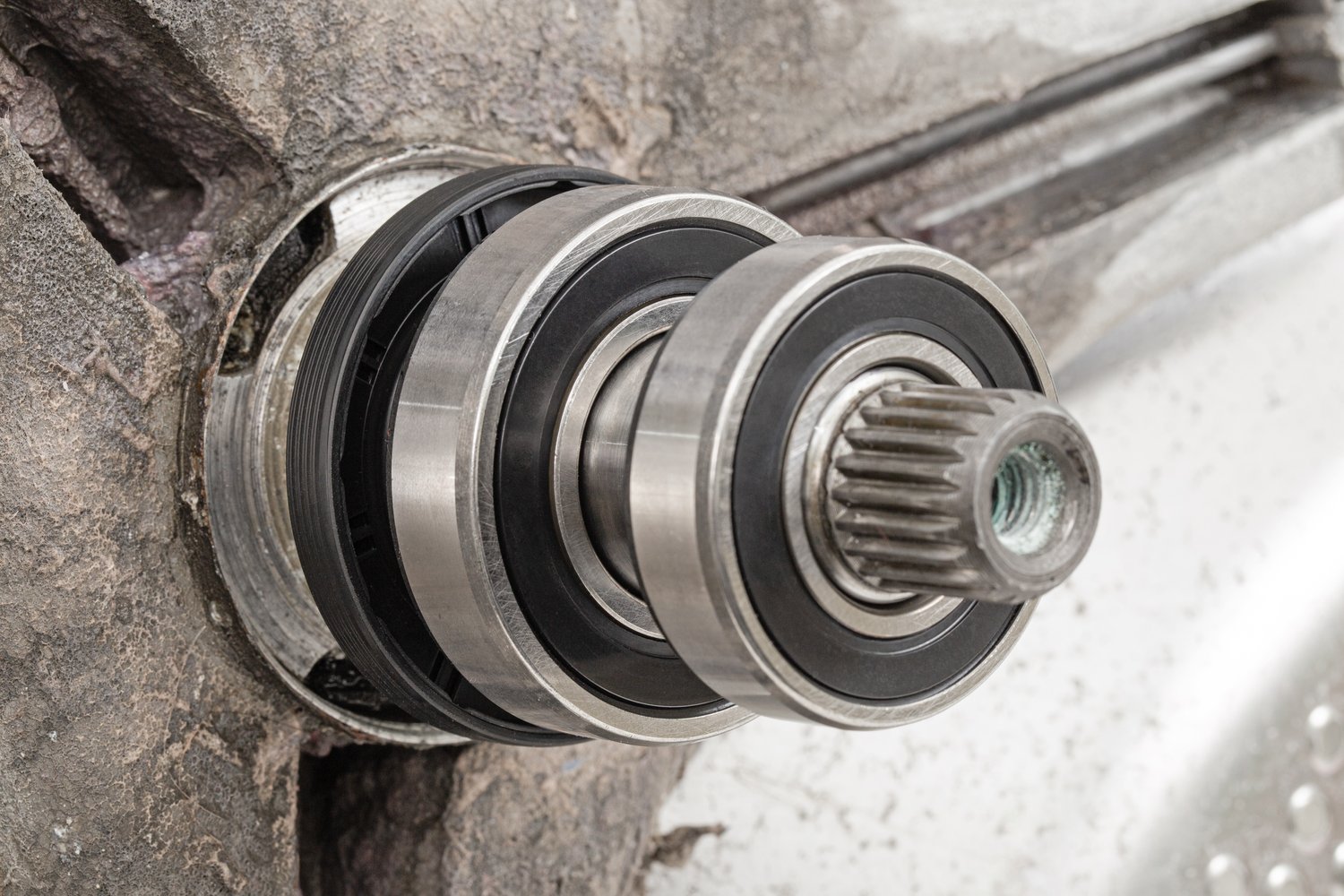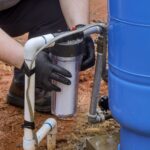When your relaxing shower turns into a puzzling frustration due to inconsistent water flow, the culprit might just be a faulty diverter valve. Recognizing and solving common shower diverter valve problems can significantly enhance your bathroom experience, making your shower system efficient once more.
- Discover how diverter valves direct crucial water flow between your bathtub spout and showerhead, and what happens when they malfunction.
- Gain insights into diagnosing wear and tear, identifying malfunctioning components, to tackle issues head-on.
- Explore practical, step-by-step repair techniques and replacement options to restore your shower to top-notch functionality.
By understanding and applying the solutions in this guide, you can prevent future inconveniences and ensure your shower operates smoothly every day. Ready to dive into efficient shower maintenance?
Understanding Shower Diverter Valve Problems: Repair and Replacement Solutions
Shower diverter valves play a pivotal role in controlling the direction of water flow between your bathtub spout and the showerhead. A well-functioning diverter valve ensures a smooth transition, allowing you to enjoy a comfortable shower experience.
However, over time, these valves can encounter several issues that disrupt their functionality. Common problems include leakage, where water seeps from unwanted areas, and sticking, causing difficulty in operation. Another frequent issue is when the valve fails to properly divert the water, leading to unsatisfactory shower performance.
Recognizing these problems early on can help you apply effective repair strategies. Understanding their causes and symptoms is crucial for maintaining an optimal shower system, ensuring that water flows efficiently and the shower remains a reliable component of your bathroom.
Diagnosing Common Issues with Diverter Valves
Diagnosing issues with shower diverter valves can save you from significant inconvenience. One of the first symptoms to look for is unusual wear and tear. Over time, diverter valves may show signs of corrosion or damage, impacting their efficiency.
Next, examine for malfunctioning components. If the diverter seems unresponsive or doesn’t change the water flow as expected, it could be due to internal parts needing attention. Additionally, assess if there are traces of water leakage, which might suggest component failure.
Faulty installation is another potential culprit. Misalignment or improper sealing during setup can lead to operational inefficiencies. By diagnosing these common issues early, you can undertake the necessary steps to restore your shower diverter valve’s functionality effectively, ensuring a satisfying shower experience.
Effective Repair and Replacement Solutions for Shower Diverter Valve Problems
When faced with a faulty shower diverter valve, addressing the issue promptly with effective repair or replacement solutions is crucial for maintaining optimal water flow. By following detailed repair techniques, you can enhance your overall shower experience without the need for complete fixture replacement.
Firstly, assess the diverter valve for visible signs of corrosion or wear. If minor issues like gasket dislocation are noted, reinserting the gasket can often resolve water leakage problems. Carefully remove the diverter mechanism to inspect internal components. Clean debris or mineral buildup using a specialized cleaner, as this can often restore proper functionality and avoid costly replacements.
Should repairs prove insufficient, replacing the diverter valve might be necessary. To ensure a successful installation, match the new diverter valve with your current plumbing system. Consider choosing high-quality models known for durability and reliability. Examine the compatibility of the valve with your shower setup to avoid installation complications.
Begin replacement by shutting off the water supply to prevent water damage. Dismantle the old diverter valve using appropriate tools, typically an adjustable wrench or a screwdriver. Install the new unit, ensuring it fits snugly and securely. Reconnect the appropriate fixtures, and test for proper function by turning on the water. Check that all connections are tight to prevent leaks.
Regular maintenance, such as cleaning and inspecting your diverter valve, can prolong its lifespan and sustain its efficiency. Such proactive measures reduce the likelihood of future malfunctions, keeping your shower system in top form.
By employing these repair and replacement solutions, you will ensure a smooth transition of water between your bathtub spout and showerhead, enhancing reliability and functionality.
Frequently Asked Questions about Shower Diverter Valve Problems
What causes a shower diverter valve to leak?
A leak is often due to worn-out washers or seals. Replacing these components typically resolves the issue.
How can I tell if my diverter valve is faulty?
Signs include reduced water pressure, water not fully diverting, or the diverter handle being difficult to operate.
Is it better to repair or replace a shower diverter valve?
Minor issues like leaking can be repaired, but if the valve is old or regularly malfunctions, replacement is recommended.
Can I replace a shower diverter valve myself?
Yes, if you have some plumbing experience. Otherwise, it’s best to hire a professional to avoid damage.
How often should a shower diverter valve be checked?
Regular checks during annual plumbing inspections are advised to catch any issues early.





